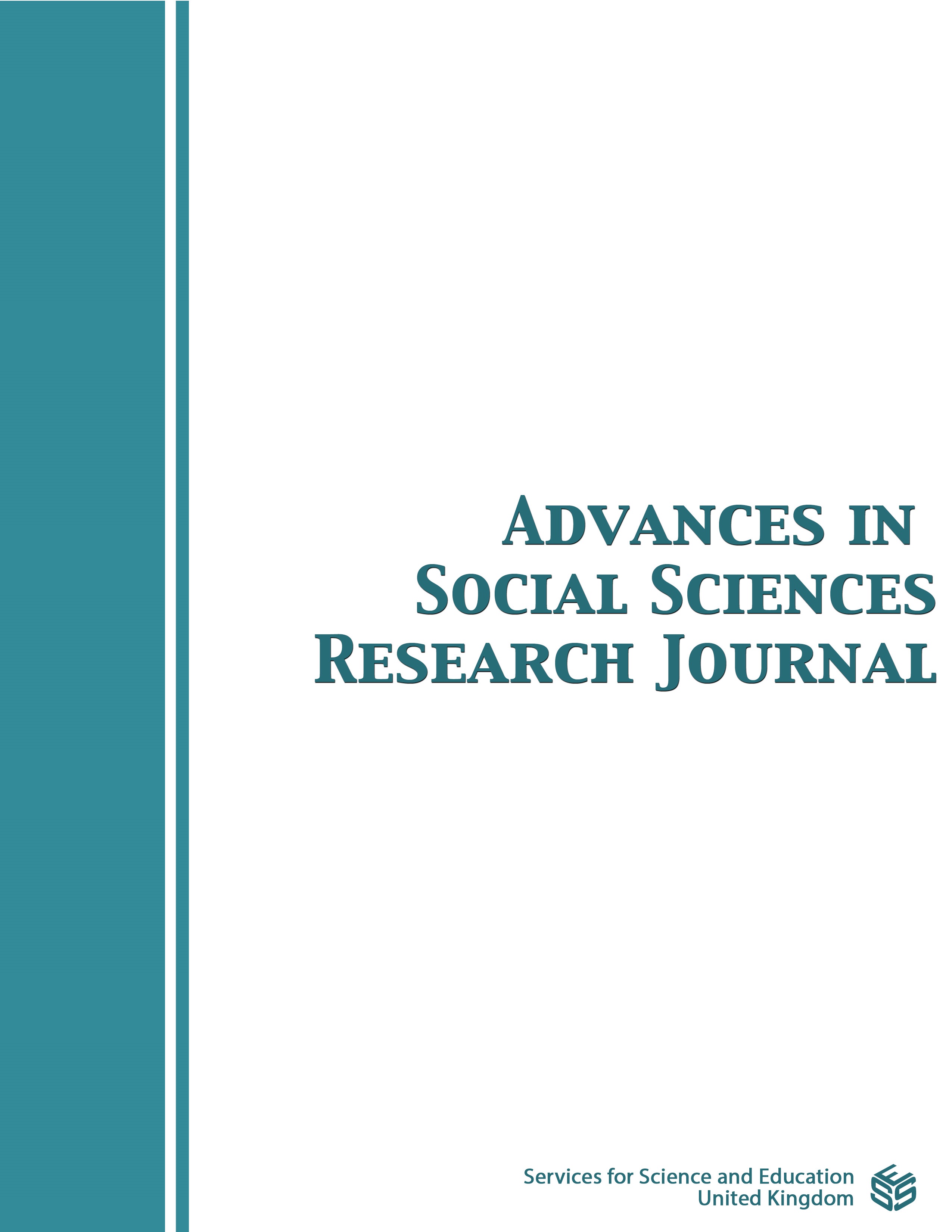PRO INDIGENOUS COMMUNITY FORESTRY POLICY: A SOLUTION
DOI:
https://doi.org/10.14738/assrj.87.10547Keywords:
community forest, indigenous peoples, forest managementAbstract
The Papuan people have always lived and interacted with the forest. The forest is a place to live where almost all of their needs are taken from the forest. Today's forest management has far-reaching impacts on increasingly marginalized communities. The purpose of this paper is to present thoughts on a community-friendly forest management model by taking into account the advantages and disadvantages when forests are managed by communities to improve their welfare. This paper generates an idea about the importance of collaborative management to increase the role of the community as a solution. Taking into account the communal nature of the forest tenure system in Papua, it is necessary to take strategic steps to protect forest resources in a targeted manner.
References
Antoh AA., Raunsay EK. (2019). Diversity of Yard Plants in the Buffer Zone of the Cycloop Nature Reserve, Jayapura City, Papua Province, Indonesia. AAB Bioflux, 11 (3),157-161.
Antoh. AA, Nurhayati, Chozin MA, Arifin HS. (2018). Penilaian keberlanjutan masyarakat di Distrik Arguni Bawah, Kabupaten Kaimana, Provinsi Papua Barat. Jurnal Ilmu Lingkungan,16 (2),113-119.
Antoh. AA, Nurhayati, Chozin MA, Arifin HS. (2019). Short communication: Agricultural biodiversity and economic productivity of the yards in Arguni Bawah, Kaimana District, West Papua Province,Indonesia. Biodiversitas Journal of Biological Diversity, 20 (4), 1020-1026.
Bannor RK, Tonen BMAF, Mensah PO, Derkyi M, Nssah VF., 2021. Entrepreneureal behavior among non-timber forest product-growing farmers in Ghana: An analysis in support of a reforestation policy. Forest Policy and Economic 122. 102331.
Fujiwara T, Septiana RM, Awang SA, Widayanti WT, Bariatul H, Hyakumura K, Sato N., 2012. Changes in local social economy and forest management through the introduction of collaborative forest management (PHBM), and the challenges it poses on equitable partnership: A case study of KPH Pemalang, Central Java, Indonesia. Tropics Vol. 20 (4)
Kustanti A, Nugroho B, Kusmana C, Darusman D, Nurrochmat D, Krot M, Schusser C., 2014. Actor, Interest and Conflict in Sustainable Mangrove Forest Management – A Case from Indonesia. International Journal of Marine Science, Vol4, No.16:10-159
Lindayati R., 2003. Kemanakah harus melangkah? Masyarakat, Hutan dan Perumusan Kebijakan di Indonesia. Penerbit Yayasan Obor Indonesia. (Hal:98-113).
Lounela AK., 2021. Shifting Valuations of Sociality and the Riverine Environment in Central Kalimantan, Indonesia. Anthropological Forum. Vol 31, No.1, 34-48.
Nanang M & Inoue M., 2000. Local Forest Management in Indonesia: A Contradiction Between National Forest Policy and Reality. Vol 1, No.1, pp.175-191
Nurrochmat.DR, Hasan MF, Suharjito D, Budiaman., Hadianto A, Ekayani M, Sudarmalik, Purwawangsa H, Mustaghfirin, Ryandi ED.,2012. Ekonomi Politik Kehutanan, Mengurangi Mitos dan Fakta Pengelolaan Hutan. (pp.31-32). INDEF, Jakarta.
Sanders AJP, Ford RM, Mulyani L, Prasti RDH, Larson AM, Jagau Y, Keenan RJ., 2019. Unrelenting games: Multiple negotiations and landscape in the tropical peatlands of Central Kalimantan. World Development 117, 196-210.
Setiahadi R, Pratiwi D, Ratnaningtyas D., 2017. Deliberation Process Analysis of Community Based Forest Management Polices Implementation in Indonesia. International Journal on Advanced Science Engineering Infromation Technology. Vol.7 (No.3).
Seymour FJ, Aurora L, Arif J.,2020 The Jurisdictional Approach in Indonesia: Incentives, Action, and Facilitating Connections. Front.For.Glob. Change 3:503326. doi: 10.3389/ffgc.2020.503326
Su Kim Y, Latifah S, Mukarom M., 2017. Managing Forest Conflict: Perspectives of Indonesia’s Forest Management Unit Directors. Forest and Society. Vol: 1 Issue1, 8-26
VÖlker C, Kramm J, Kerber H, Schramm E, Winker M, Zimmermann M., 2017. More Than a Potential Hazaed˗Approaching Risks from a Social-Ecological Perspective. Sustainability, 9, 1039; doi:10.3390/su9071039
Downloads
Published
How to Cite
Issue
Section
License
Copyright (c) 2021 Alfred Antoh

This work is licensed under a Creative Commons Attribution 4.0 International License.
Authors wishing to include figures, tables, or text passages that have already been published elsewhere are required to obtain permission from the copyright owner(s) for both the print and online format and to include evidence that such permission has been granted when submitting their papers. Any material received without such evidence will be assumed to originate from the authors.






